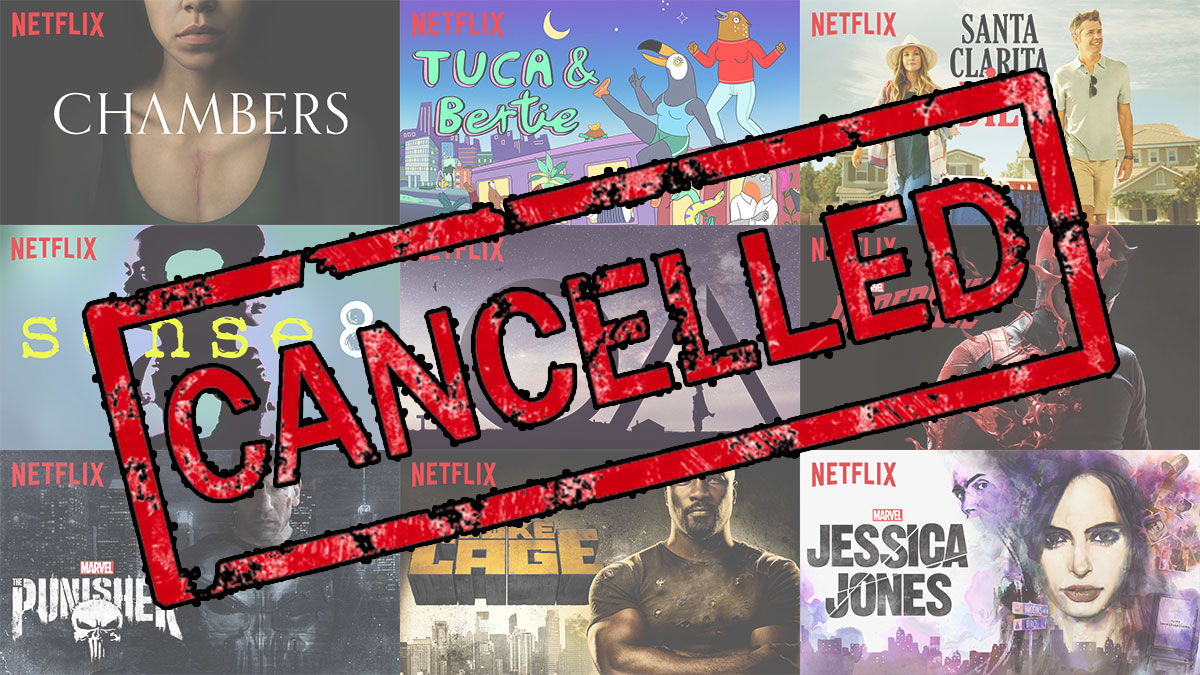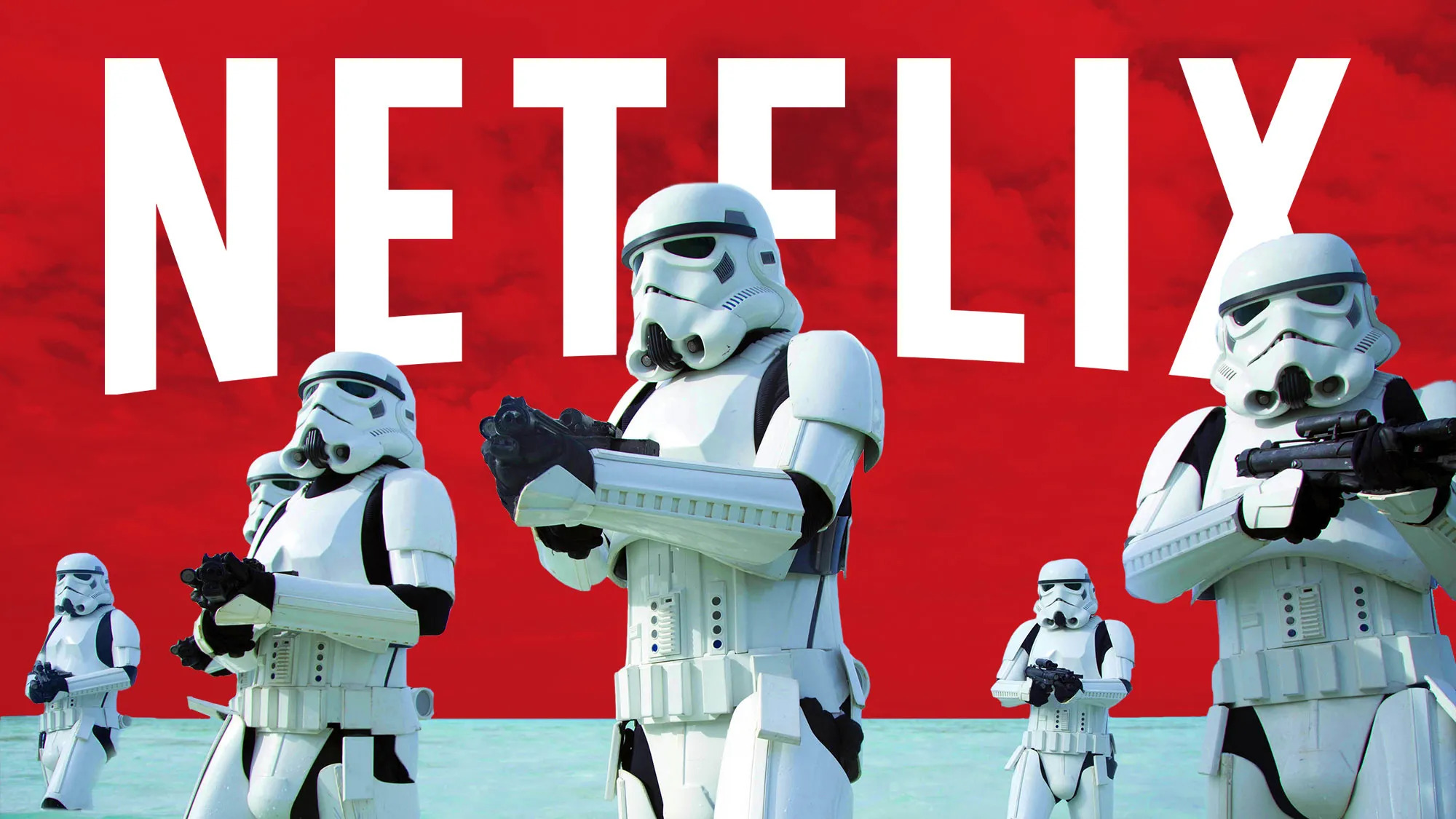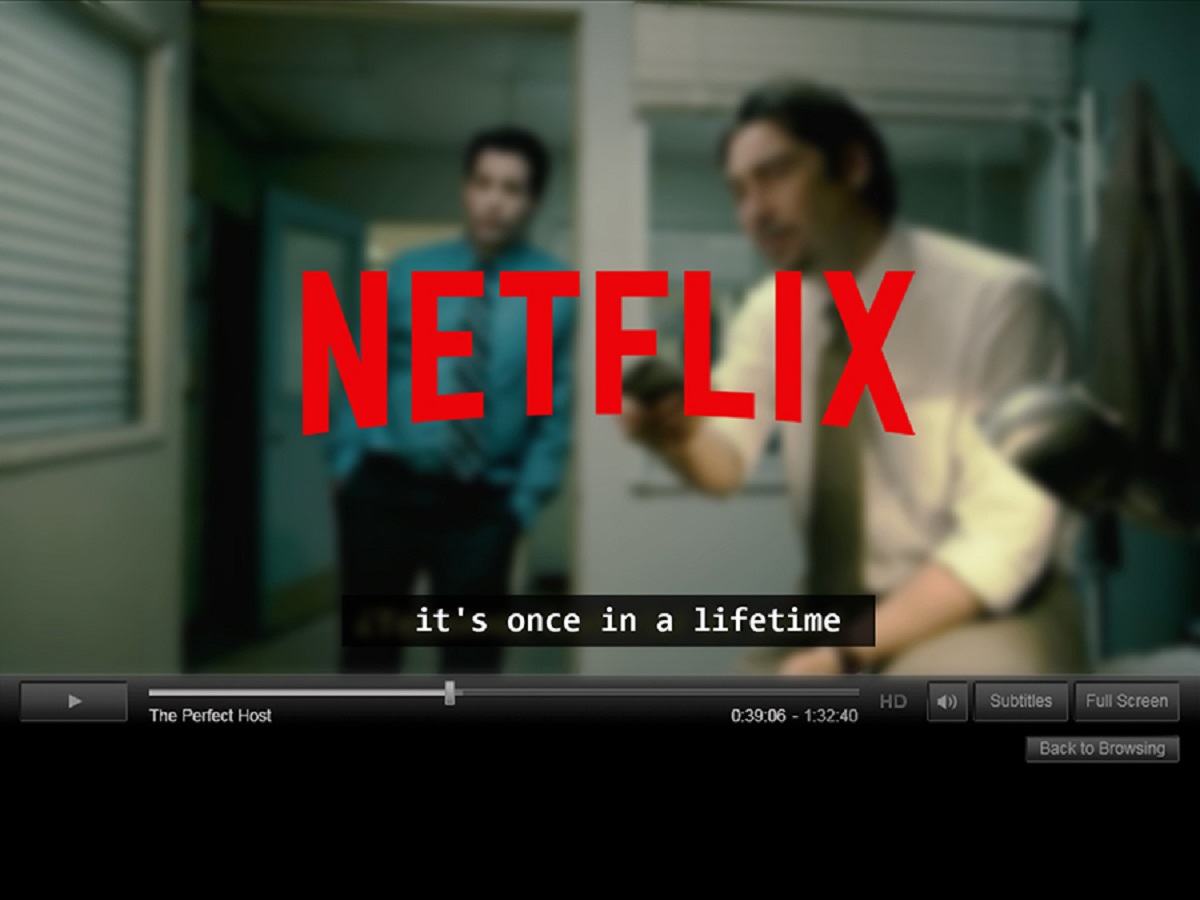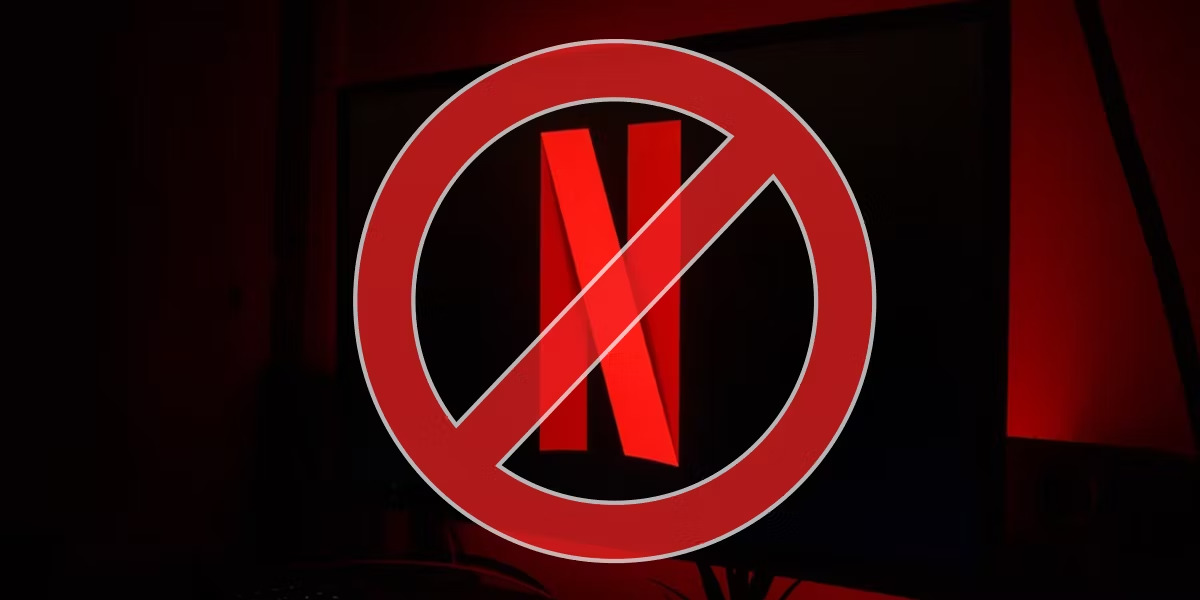Introduction
Netflix, the popular streaming platform that revolutionized the way we consume entertainment, is facing a significant challenge in recent years. Despite being the dominant player in the streaming market for many years, Netflix is experiencing a decline in its subscriber base. This decline has raised concerns among investors and industry experts, leading to speculation about the factors contributing to this downward trend.
The rise of streaming competitors, such as Amazon Prime Video, Hulu, Disney+, and HBO Max, has significantly impacted Netflix’s market share. These platforms have attracted a substantial portion of Netflix’s audience by offering a wide range of high-quality content and exclusive original programming. In response, Netflix has doubled down on producing its own original shows and movies, but this hasn’t been enough to maintain its subscriber growth.
One of the primary reasons behind Netflix’s struggle is the lack of fresh and compelling content. While the platform boasts an extensive library of movies and TV shows, the repetitive nature of its content has led to viewer fatigue. Many users have complained about the limited selection and the inability to find something new and exciting to watch. In contrast, competitors have been investing heavily in producing cutting-edge content that hooks viewers and keeps them coming back for more.
Furthermore, Netflix’s decision to gradually increase its subscription prices has not been received well by subscribers. With other streaming services offering similar or even cheaper pricing plans, the price hikes have pushed some users to cancel their subscriptions in search of more cost-effective options. This pricing strategy has not only affected the retention of existing subscribers but has also made it less attractive for new users to join the platform.
Another significant blow to Netflix’s subscriber base has been the cancellation of popular shows. While every streaming service faces the challenge of content cancellation, Netflix has faced considerable backlash for discontinuing fan-favorite series. These cancellations have led to disappointment and frustration among loyal subscribers, and some have chosen to seek alternative platforms that offer a more reliable lineup of shows.
Increased Competition
One of the key factors contributing to Netflix’s subscriber decline is the intensified competition in the streaming market. What was once a relatively small field dominated by Netflix has now become a crowded and fiercely competitive space, with new players entering the scene regularly.
Streaming giants like Amazon Prime Video, Hulu, Disney+, and HBO Max have all entered the streaming market with a bang, offering compelling alternatives to Netflix. With their extensive content libraries and exclusive original programming, these platforms have successfully attracted a significant portion of Netflix’s audience. This increased competition has presented Netflix with a formidable challenge in retaining and attracting new subscribers.
Amazon Prime Video, for instance, has leveraged its Prime membership program to provide customers with a diverse range of benefits, including access to their streaming content. This integration provides convenience and cost-effectiveness, as subscribers can enjoy a wide range of services, such as fast shipping and music streaming, along with video content. This multi-faceted approach has positioned Amazon Prime Video as a strong competitor to Netflix.
Disney+ has also emerged as a major player in the streaming industry. With its vast catalog of beloved franchises and iconic characters, Disney has captured the attention of millions of viewers. The platform offers exclusive access to popular franchises like the Marvel Cinematic Universe, Star Wars, and Pixar, making it a significant draw for both new and existing subscribers. The launch of Disney+ has undoubtedly impacted Netflix’s subscriber base, particularly among families and fans of Disney content.
HBO Max has made its mark by tapping into its extensive library of critically acclaimed shows, including hits like Game of Thrones and Friends. By offering a mix of highly anticipated new content and beloved classics, HBO Max has attracted a loyal fanbase, posing a strong threat to Netflix’s dominance.
The increased competition has forced Netflix to reevaluate its strategy and invest heavily in original programming to differentiate itself from rivals. While Netflix has had success with shows like Stranger Things and The Crown, the sheer volume of content produced by competitors makes it challenging for Netflix to consistently capture viewers’ attention. To stay competitive, Netflix will need to continue investing in unique and engaging content that sets it apart from the growing number of streaming platforms vying for viewers’ time and money.
Lack of Fresh Content
One of the major factors contributing to the decline in Netflix’s subscriber base is the lack of fresh and captivating content. While Netflix initially gained a reputation for its extensive library, over time, users have started to experience content fatigue due to the repetitive nature of the offerings. This has resulted in a growing number of subscribers feeling that the platform is not providing enough new and exciting content to justify their continued subscription.
Netflix’s competitors have recognized the importance of regularly updating their content libraries with fresh and engaging titles. They have been quick to secure exclusive deals with production studios and distributors to ensure a steady flow of new content. In contrast, Netflix has had to rely primarily on producing their own original shows and movies, which, while successful in some cases, cannot match the sheer volume and variety offered by competitors.
Furthermore, Netflix has faced difficulties in retaining popular shows due to the ever-changing landscape of content licensing agreements. As licensing agreements for popular series expire and rights are sold to competing platforms, Netflix has been forced to remove beloved shows from its library. This has left subscribers disappointed and frustrated, as their favorite shows are no longer available on the platform they pay for, leading some to explore other streaming options.
Apart from losing popular licensed content, Netflix’s original programming, while often critically acclaimed, is not immune to criticism. Some subscribers have found that the quality of new releases varies significantly, with some shows failing to capture the same level of audience engagement as previous hits. Additionally, the sheer volume of original content released by Netflix can sometimes make it difficult for viewers to sift through and find something that appeals to their interests.
To address the lack of fresh content, Netflix will need to strike a balance between producing high-quality original programming and securing licensing deals for popular third-party content. By diversifying their content library and ensuring a regular influx of new and exciting titles, Netflix can reinvigorate viewer interest and strengthen its position in the highly competitive streaming market. Moreover, investing in audience research to better understand viewer preferences and trends can help Netflix curate content that resonates with their target audience, fostering a consistent level of engagement and satisfaction.
Price Increase
Netflix’s decision to gradually increase its subscription prices has had a significant impact on its subscriber base. While price hikes are not uncommon in the streaming industry, the timing and magnitude of these increases have led some users to question the value they are receiving for their money. This has resulted in a portion of subscribers opting to cancel their Netflix subscriptions in search of more cost-effective alternatives.
With the rise of competing streaming platforms offering similar or even lower pricing plans, Netflix’s price increases have become more challenging to justify for some subscribers. While Netflix has justified these price adjustments by highlighting their investments in original content and technological advancements, it does not resonate with all users who may see the cost as disproportionate to the value they perceive.
For price-conscious viewers, the appeal of cheaper or bundled subscriptions offered by competitors such as Amazon Prime Video or Hulu becomes more appealing. These platforms provide additional benefits like free two-day shipping, access to music and book libraries, or discounted rates for students. This added value, combined with lower price points, makes it harder for Netflix to compete solely based on its content library.
Moreover, some subscribers have voiced concerns about the frequency of these price hikes. The consecutive increases in subscription fees have created a sense of unease and uncertainty among users. This uncertainty combined with the availability of alternative streaming options has prompted some subscribers to seek out more affordable alternatives that still offer a wide range of content.
Netflix faces a balancing act in terms of pricing to remain competitive without alienating its subscribers. While increasing prices can provide additional revenue to support the production of high-quality content, excessively higher rates can drive away existing and potential subscribers. Finding the right pricing strategy that strikes a balance between generating revenue and providing value for money will be crucial for Netflix to regain subscriber growth.
To counter the negative impact of price increases, Netflix should consider offering a variety of pricing plans catering to different segments of their target audience. This could include options for more cost-conscious viewers who may not require access to Ultra HD or multiple simultaneous streams. By providing tiered pricing options, subscribers can choose a plan that aligns with their budget and perceived value, reducing the likelihood of cancellation due to pricing concerns.
Cancellation of Popular Shows
One of the factors contributing to the decline in Netflix’s subscriber base is the cancellation of popular shows. While every streaming service faces the challenge of content cancellation, Netflix has faced significant backlash for discontinuing fan-favorite series, leaving loyal fans disappointed and frustrated.
The cancellation of a beloved show can have a profound impact on a streaming platform’s subscriber retention. It can erode trust and loyalty among viewers who have invested time and emotional connection in these series. When a popular show is abruptly canceled, it can lead to negative sentiment towards the platform and prompt subscribers to explore alternatives where their favorite shows may continue.
Netflix has faced criticism for canceling shows that have garnered passionate fan bases, resulting in online campaigns and petitions demanding their revival or continuation. This shows the emotional attachment subscribers develop with the content they love, making it imperative for streaming platforms to carefully consider the impact of show cancellations on their subscriber base.
Another issue that arises from the cancellation of popular shows is the potential loss of future content opportunities. When viewers invest in a series, they develop an expectation for future seasons and story development. When these expectations are shattered due to cancellation, it can lead to a loss of interest and decreased engagement with the platform.
Netflix’s decision to cancel shows often comes down to factors such as viewer engagement, production costs, or licensing agreements. However, to maintain its subscriber base, Netflix will need to strike a balance between managing these factors and addressing the desires and expectations of its loyal audience.
To mitigate the negative impact of show cancellations, Netflix should consider exploring options such as providing closure to the storylines of canceled shows through special episodes or movies. This can help ease the disappointment of fans and demonstrate a commitment to honoring the investment viewers have made in these series.
Additionally, Netflix should focus on cultivating new hit shows that resonate with viewers to fill the void left by canceled series. By consistently delivering fresh and compelling content that captures audiences’ attention, Netflix can rebuild trust and loyalty, encouraging subscribers to remain engaged with the platform and explore new content offerings.
Lack of Regional Content
Another factor contributing to Netflix’s subscriber decline is the lack of region-specific content. While Netflix has expanded its global presence, it has faced challenges in catering to the diverse cultural and linguistic preferences of its international audience. This lack of regional content has resulted in decreased engagement and limited appeal for subscribers in specific regions.
Streaming platforms like Amazon Prime Video and Disney+ have recognized the importance of regional content and have made efforts to provide localized content libraries. They have invested in acquiring exclusive rights to popular shows and movies from different countries, allowing them to cater to local tastes and preferences. This targeted approach has helped these platforms attract and retain subscribers in specific regions.
On the other hand, Netflix’s content library has been criticized for its limited selection of region-specific content. This lack of variety can lead to reduced interest and engagement among subscribers who feel that their cultural and linguistic preferences are not adequately represented. While Netflix has made some efforts to produce original content in various regions, it still falls short compared to its competitors in terms of localized offerings.
To address the lack of regional content, Netflix should consider partnering with local production companies and content creators to bring culturally relevant and linguistically diverse shows and movies to its platform. This can involve co-production or licensing agreements that enable the acquisition and distribution of region-specific content. By doing so, Netflix can tap into the viewership potential of different regions and cater to the specific interests and preferences of its international subscriber base.
Additionally, Netflix should invest in expanding its content acquisition and creation efforts in regions with high subscriber potential. By identifying key markets and investing resources in curating content that resonates with those audiences, Netflix can enhance its appeal and maintain a competitive edge over other streaming platforms.
Furthermore, Netflix should also consider improving the discoverability of regional content on its platform. This can involve implementing better categorization and sorting options that allow subscribers to easily find and explore content from their region of interest. By enhancing the accessibility and visibility of regional content, Netflix can encourage greater engagement and satisfaction among subscribers across different cultural backgrounds.
By addressing the lack of regional content, Netflix can attract and retain subscribers from diverse regions around the world. By expanding its content library with region-specific shows and movies, Netflix can create a more inclusive and engaging streaming experience for its international audience and strengthen its foothold in the global streaming market.
Technical Issues
Technical issues have become a significant concern for Netflix subscribers and have contributed to the decline in its user base. While Netflix offers a user-friendly and seamless streaming experience for the most part, occasional technical glitches and performance problems have frustrated users and led to dissatisfaction.
One common technical issue experienced by Netflix users is buffering and playback problems. Users often encounter buffering delays, where the video content pauses or takes longer to load, disrupting the viewing experience. This can be attributed to factors such as slow internet connections or congestion during peak hours. These interruptions can lead to frustration and deter users from continuing their subscription.
Another issue users face is inconsistent video quality. While Netflix offers different streaming options, such as Ultra HD and HD, users have reported instances where the video quality does not meet expectations or fluctuates during playback. This inconsistency undermines the immersive experience that users seek when streaming their favorite shows and movies, impacting their overall satisfaction.
Furthermore, Netflix’s reliance on internet connectivity as the primary means of delivering its service exposes it to potential disruptions caused by network outages or limited bandwidth. This means that users may face interruptions or even complete loss of service during such instances, which can be frustrating and dissatisfying, especially when they are in the midst of watching a show or movie.
Device compatibility issues have also been reported by some subscribers. Netflix’s streaming service is available on a wide range of devices, including smartphones, tablets, smart TVs, and gaming consoles. However, not all devices offer the same level of performance or compatibility, leading to issues such as laggy interfaces or compatibility errors. These technical hurdles create a suboptimal user experience and can prompt subscribers to explore other streaming platforms that offer more seamless device integration.
To address these technical issues, Netflix should continue investing in infrastructure and network optimization to streamline its streaming service. By improving server capacity and network stability, Netflix can reduce buffering and playback problems, providing a smoother and more reliable experience for its subscribers.
Additionally, Netflix should prioritize proactive communication with its users when technical issues arise. Keeping subscribers informed about ongoing maintenance, known issues, or possible interruptions can help manage expectations and reduce frustration. Implementing a robust customer support system that enables efficient troubleshooting and prompt resolution of technical issues will also go a long way in improving the overall user experience.
Moreover, Netflix should strive to optimize its streaming algorithms to adapt to varying internet conditions and deliver consistent video quality. Implementing adaptive streaming technology that adjusts the video quality in real-time based on the user’s internet connection can help ensure a smoother and uninterrupted viewing experience.
By addressing technical issues promptly and continuously improving the performance and reliability of its streaming service, Netflix can enhance user satisfaction, retain existing subscribers, and attract new ones.
Poor User Experience
Another significant factor contributing to the decline in Netflix’s subscriber base is the poor user experience encountered by some users. While Netflix has been praised for its user-friendly interface and smooth streaming experience, there are instances where users encounter frustrations that impair their overall satisfaction with the platform.
One aspect that affects the user experience is the navigation and search functionality on the Netflix platform. Some users have found it difficult to discover new content or find specific shows and movies due to the organization and presentation of the content library. The categorization and recommendation algorithms may not always align with the preferences and interests of individual users, leading to dissatisfaction and an increased likelihood of exploring other streaming platforms.
Furthermore, the user interface on different devices can vary in terms of functionality and responsiveness. Users may experience laggy interfaces or inconsistent performance, which can detract from the immersive streaming experience they seek. This inconsistency across devices can lead to frustration and may prompt users to seek alternatives that offer a more seamless and user-friendly interface.
Another aspect that impacts the user experience is the lack of customization and personalization options. While Netflix offers recommendation algorithms based on viewing history and user preferences, some subscribers feel that the recommendations fall short of their expectations. They desire more control over their content discovery and want the option to filter and personalize their recommendations further. The limited customization options may cause users to feel that the platform doesn’t cater to their individual tastes and preferences, leading to decreased satisfaction and engagement.
Customer support and responsive communication are also vital components of a positive user experience. Some users have reported difficulties in reaching Netflix customer support or receiving prompt assistance in resolving issues they may encounter. The lack of effective customer support or delayed response times can lead to frustration and erode user trust in the platform.
To improve the user experience, Netflix should invest in enhancing its navigation and search functionality. By refining the content organization, improving search algorithms, and providing better categorization options, Netflix can make it easier for users to find content that aligns with their interests, increasing engagement and satisfaction.
Offering greater customization options and personalization features can also significantly enhance the user experience. Allowing users to fine-tune their content recommendations, create personalized playlists, or filter content based on specific criteria can provide a more tailored and enjoyable streaming experience, keeping users engaged and connected to the platform.
Moreover, Netflix should prioritize customer support and responsiveness to address user issues effectively. Enhancing the accessibility and efficiency of customer support channels, along with providing timely and proactive communication during service disruptions or technical issues, can significantly improve user satisfaction.
By consistently working towards improving the user experience, Netflix can strengthen its position in the streaming market, retain existing subscribers, and attract new ones by providing a seamless and personalized streaming experience that meets the needs and expectations of its diverse user base.
Lack of Personalization
A critical factor contributing to the decline in Netflix’s subscriber base is the lack of personalization in the user experience. While Netflix offers a range of content and a recommendation system based on viewing history, some users feel that the platform falls short in delivering a truly personalized streaming experience tailored to their individual preferences and interests.
The recommendations provided by Netflix’s algorithms are based on viewing history, but they may not always accurately reflect the user’s current preferences or desired content. Users often desire more control over their recommendations and want the ability to fine-tune their preferences to receive more relevant and personalized suggestions.
In addition to content recommendations, users also seek more personalization options in terms of organizing and categorizing the content they consume. The ability to create personalized playlists or folders to save and group favorite shows and movies can improve the overall user experience and make it easier for users to access and engage with their preferred content.
Moreover, users have expressed the desire for greater customization in terms of content filtering and parental controls. Providing more robust options to filter content based on specific criteria, including genre, rating, or language, enables users to curate their viewing experience according to their preferences, creating a more personalized and enjoyable experience.
While Netflix has made efforts to enhance personalization with features like profiles for different users within a single account, there is still room for improvement. Some users find that the profiles do not adequately differentiate preferences among family members or fail to provide a seamless transition between different profiles.
To address the lack of personalization, Netflix should invest in refining its recommendation algorithms to accurately capture user preferences and provide more diverse and nuanced content suggestions. By leveraging advanced machine learning and AI technologies, Netflix can offer more fine-grained recommendations that align with individual user tastes and interests.
Additionally, providing users with greater control over their profile settings and content preferences can enhance personalization. Customizable options such as the ability to mute recommendations based on specific genres or fine-tune content filters can give users a sense of ownership over their streaming experience.
Furthermore, Netflix should continue improving its profile feature development to ensure seamless transitions between profiles and more accurate individualized recommendations. This will enable users within a single account to have their content preferences and viewing habits accurately reflected, providing a more personalized experience for each user.
By focusing on enhancing personalization through advanced recommendation algorithms, customizable profile options, and improved user experience features, Netflix can create a truly tailored streaming experience that resonates with individuals, increasing user satisfaction, engagement, and ultimately retaining and attracting more subscribers.
Conclusion
In recent years, Netflix has faced significant challenges in retaining and attracting subscribers. The rise in competition, lack of fresh content, price increases, cancellation of popular shows, lack of regional content, technical issues, and poor user experience have all contributed to the decline in Netflix’s subscriber base. While these factors individually play a role, their cumulative impact has resulted in a growing number of users exploring alternatives in the increasingly competitive streaming market.
To regain subscriber growth and maintain its position as a leading streaming platform, Netflix must address these challenges effectively. It needs to adapt its strategy to the evolving market landscape and evolving viewer preferences. Investing in regional content, both licensed and original, can cater to diverse audiences and strengthen Netflix’s global appeal. Additionally, solving technical issues, improving the user experience, and offering enhanced personalization can keep subscribers engaged and satisfied.
Furthermore, Netflix should seek to strike a balance between producing quality original content and securing licensing deals for popular shows to address the demand for fresh and compelling programming. Additionally, pricing strategies should be carefully evaluated to ensure competitiveness while providing value to subscribers.
Netflix’s ability to respond to these challenges and address the concerns of its user base will define its success in the future. By focusing on delivering high-quality content, enhancing the user experience, and providing personalized and region-specific offerings, Netflix can regain momentum, retain existing subscribers, and appeal to new audiences in an increasingly crowded streaming market.
The competition in the streaming industry is fierce, and maintaining a strong subscriber base requires continuous innovation and adaptation. By listening to the feedback of its users, understanding their preferences, and striving to meet their expectations, Netflix can regain its footing and continue to be a dominant force in the world of digital entertainment.

























